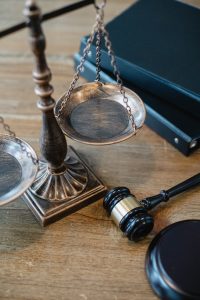Ever since I wrote my past blog on correcting judicial errors, I have gotten a lot of questions from readers and interested clientele alike about how judicial errors can be addressed and amended. When it comes down to it, there are essentially three types of judicial error:1) Clerical, 2) Legal and 3) Matters of Law.
Clerical errors encompass the indisputable or incontrovertible mistakes that have been made; these can include but are not limited to computation errors or other matters where both parties are in agreement. These errors can be correct by the court on its own initiative or when called to the attention of the court by either party. Usually, they can be corrected with something as simple as a letter but if the adverse party contests that an error exists it may require a motion. Computation errors can be corrected at any time, so there is generally no specific time frame in which an application needs to be made; however, it is best to make the application as soon as the error is discovered to avoid claims of estoppel.
Errors of the law or mixed errors of law and fact pertain to situations where the court either misinterprets legal precedents in the former or misapplied the precedents to the facts in the latter. Legal errors may be corrected through an application to the court within 20 days of the receipt the court’s order if it is a final decision, or if the decision is not final anytime prior to the final decision. If the decision is final, one also has the option to appeal the court’s decision to the Appellate Division rather than take the matter back to the court. The decision to bring a motion for reconsideration rather than an appeal is a tactical decision, best discussed with your lawyer.
 New Jersey Divorce and Family Lawyer Blog
New Jersey Divorce and Family Lawyer Blog


